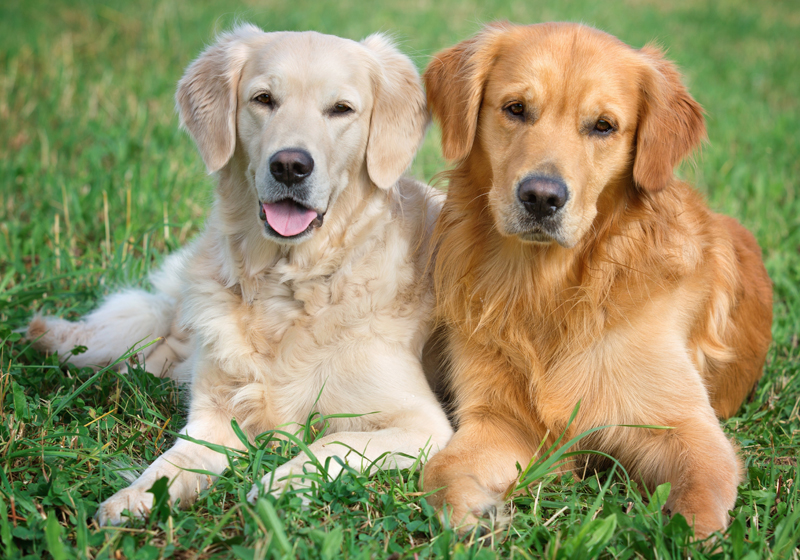It has been a long time since we have been observing with amusement about the playful antics of young puppy exploring the world by uprooting the garden plant or neighbors complaining about the howling. This behavior makes us as human beings crave more to learn about the behavioral changes in canines with age and maturity. A new born puppy cannot hear well and his sense of smell is not fully development, but still is able to find the warmth and food. When he is separated from the litter and its mother a young puppy will send a distress call and its mother receives it. This instinctive behavior is programmed in the genes of the puppy.
Behavioral changes also have its root in different breeds of dog. For example; Greyhounds have been bred for their sense of sight, their speed and intelligence while Collies have been bred to guard sheep and herd them. So instinctive behavior is there in both the breeds, but the way it is utilized is different depending on the type of dog breed.
It has also been observed that apart from inherited behavioral tendencies, dogs can alter their behavior with experience. They basically learn from varied experiences. It is their adoptable nature due to which you can train them to sit quietly by your side, shake hands, roll over or whatever you teach them. If you give them a treat they can modify their behavior accordingly.
It is natural for a dog to behave in ways that are innate to them. But the problem comes when they are not provided the correct environment to learn things. For example; dogs are primarily meant to learn being social. If they do not come in contact with other members of their own species or human contact they will not learn things they way they can naturally do.
It is very important to have adequate social contact or experience early on in their lives. If they are not provided these experiences in the right time frame this can result in fearful response being shown by the dog when the stimulus is later presented to the dog. It needs to be observed that social behavior development in pets can happen between the ages of 3 to 16 weeks of age. They will follow fellow species and human beings.
A dog that is properly trained to use litter by its mother, receives adequate support from family members, both before and after the adoption by its new family, will generally grow socialized. This development process continues till the dog reaches the age of puberty. If they are secluded during the first 14 weeks of age, it can result in abnormal behavior in them.
If you do not introduce your young puppy to a wide array of people it can have adverse effects on the dog later on. If the dog has not met with children during his early life he may feel frightened when he meets these small and loud people. If the dog is frightened by men with beards it can react in an aggressive way until they can be made comfortable with men with beards.
Hence, it is very important whenever you select a new pet you should know their past learning and behavior. Once you know what makes the dog frighten you can teach them effectively at home. There are certain behaviors in dogs that can be altered like salivating over food. You can train them accordingly by positive reinforcement and giving them a reward for correct behavioral adoption. If you find the behavior of the dog inappropriate like jumping up while seeing you, you can ignore him instead of shouting at the dog or pushing it away. This way you can develop a positive behavior in dogs.
When you cannot change the dog’s behavior, it is best to take the advice of a behavior therapist. They will try to find out the reason for the problem and then find an adequate solution to it. It is not possible to change the dog’s genetic inheritance or the things that they learned during their upbringing. But if the dog owner is motivated it is possible to alter the behavior problems in dogs so that the dog owner and the pet can have a happy and healthy life together.
For pet supplies visit- https://www.bestvetcare.com

